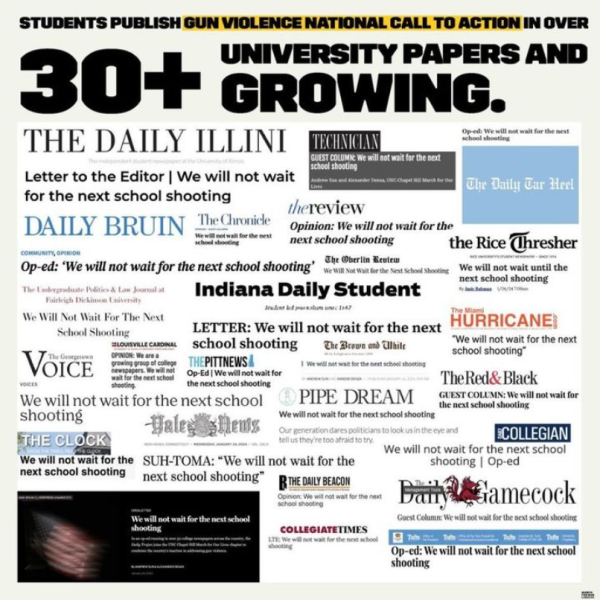Brought to you by Belarus: The Migrant Crisis
December 21, 2021
Belarus is a landlocked country located between Poland and Russia. Following the 2020 Belarusian presidential election, Alexander Lukashenko was elected president. However, due to the repressive tendencies of the Belarus government in the media, the election was surrounded by rumors of rigging, creating widespread protests across the nation. Due to the government’s repressive tendencies, the election was surrounded by rumors of rigging, creating widespread protests across the nation. The Belarusian police responded by shooting the protestors with rubber bullets and tear gas, which was deemed excessive force by the European Union (EU). This action caused the EU to impose economic sanctions under the pretense of human rights abuses, initiating a sequence of events that have created a migrant crisis.
Currently, thousands of migrants in Belarus have been trying to get into Poland and neighboring EU countries. The New York Times stated that these migrants were granted visas to Belarus with the government promising escape to several of the neighboring countries, raising suspicions of migrant facilitation from the EU. While this has been denied by their government, this development has continued to sour relations between Belarus and the EU.
The rumors put out by the press and the neighboring countries are not unfounded. Directly after the sanctions, Belarus tour prices in Iraq immediately decreased, and the planes being flown into Minsk, the capital of Belarus, have also increased. Along with this, Belarus recently introduced visa-free passage into their country.
These migrants are mainly of Iraqi and Kurdish descent and have looked upon entry to Belarus for asylum from countries within the European Union, of which Belarus does not partake in. Estimates as of November 2021 currently put the number of migrants in Belarus at 7,000. Many of them, though, are being pressured to undergo repatriation processes by their home country, according to the UN. As a result, many of these migrants will be returned to the conditions which they were trying to escape from.
Conditions at the border for these migrants were not that much better though, with dead migrants on both sides of the border. Several attempts were made at crossing the border en masse, which were stopped by the Polish police using tear gas and water cannons to disperse the crossings. Police justified their actions by stating that the migrants were throwing rocks and breaking down the border fences to cross over. Many have criticized Poland for these aggressive actions and for not granting many migrants asylum, as most are sent back to Belarus by the Polish authorities.
On the other hand, Belarus has stated that they are doing everything possible to clear the migrants. They claim much progress has been made in the past weeks with major migrant camps being dispersed.
“We have not seen any violations of the law by the migrants…As a hospitable country, we are always ready to welcome everyone,” said Ivan Kubrakov, Belarus’s Interior Minister.
The Human Rights Watch (HRW) blames both countries for worsening this crisis. Migrants reported being deliberately kept in a harsh environment without shelter and constantly pushed to attempt the crossing into Poland by Belarusian security. They also highlighted the aggression of the Polish border authorities, as they have forced migrants to stay in Belarus. One migrant described the situation to the HRW as “pure hell.” They suggested that Poland should obtain an open border policy and that Belarus should halt all abuse of the migrants. Currently, the EU is discussing mitigation methods to circumvent the current migrant crisis.



